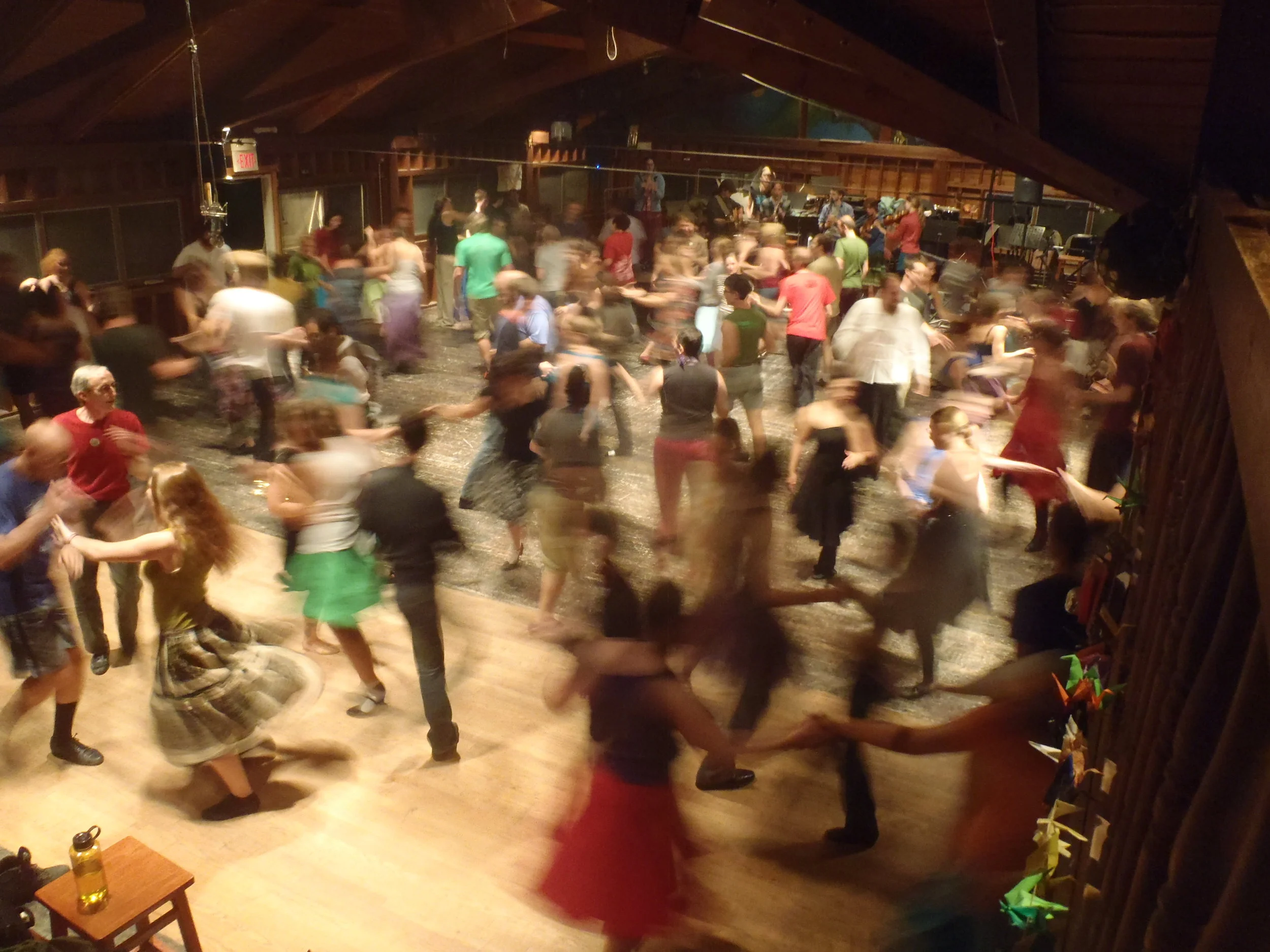At Making Movement we are artists and athletes who work with other artists and athletes using massage therapy to help them reach their full creative and performance potentials.
Through the power of touch and strategic self-care coaching we remind our clients that the capacity to make well and move well belongs to them. They possess all the power they need to change for the better, to be free of pain patterns, and to experience increased health and wellness. Through a variety of modalities including Swedish and deep tissue massage, trigger point therapy, myofascial release, and orthopedic assessment and treatment we help our clients find grace in the face of gravity. We desire to live by example and inspire those who bring artistic and athletic inspiration to the generations.



























